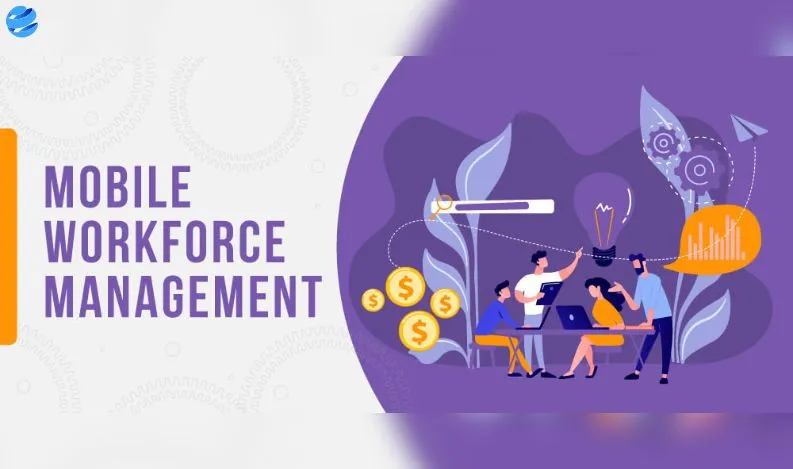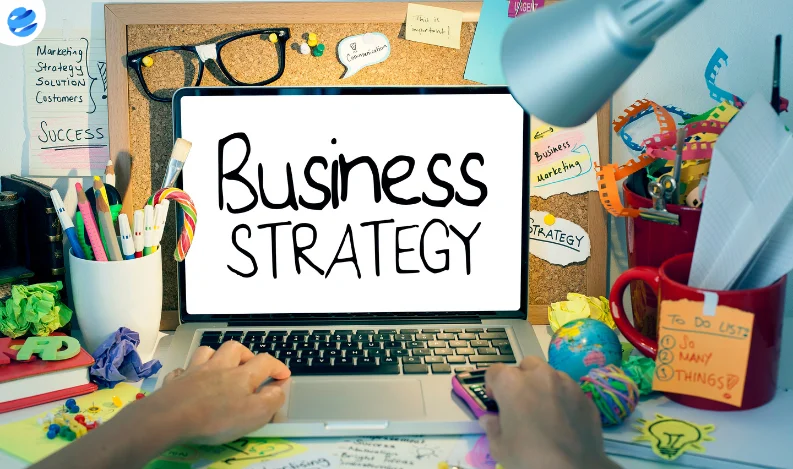In a fast-moving and changing business environment, managing a mobile workforce is one of the most vital ingredients of success. Gone are the days of working from an office 9 to 5; businesses now rely on dispersed and mobile workers as the key to staying competitive. Effective strategies are required by an organization to smoothly transition and manage that workforce since people are becoming more mobile.
The blog talks about some of the key mobile workforce management strategies that can help in the future of work.
1. Leverage Technology for Seamless Communication
- Invest in Mobile Communication Tools: The foremost thing that an organization needs to do is invest in mobile communication tools. These tools will keep the employees connected no matter where they are working. In addition, platforms like Slack, Microsoft Teams, and Zoom provide real-time collaboration, which helps teams collaborate and work more effectively.
- Implement Cloud-Based Solutions: Cloud-based solutions will also give workers the freedom to access relevant business information and tools from anywhere. For mobile personnel, this could prove critical in their working efficiently without being physically attached to an office desk.
- Implement MDM: Besides, MDM solutions help organizations configure and secure employee devices. Such a move will not only safeguard company data but also ensure that the employee has what it takes to deliver his duty.
2. Employee Well-Being and Work-Life Balance
- Offer Flexible Working Hours: To begin with, flexible working hours are essential for a mobile workforce. Greater flexibility gives better time management skills, which are connected to higher levels of job satisfaction and productivity.
- Encourage Employees to Take Regular Breaks: Second, regular breaks are very important for mental and physical health. Encouraging employees to take regular breaks from the workplace enables them to avoid fatigue and thus helps them be more energetic and effective workers.
- Support Work-Life Balance Initiatives: Any initiative to instill work-life balance measures, such as wellness programs or virtual social events, creates a sense of community and well-being. This may become paramount within a mobile workforce where isolation could be an issue.
3. Clearly Define and Be Consistent with Communication Channels
- Set Clear Expectations: Management of a mobile workforce first requires setting clear expectations. Workers have to know what their roles and responsibilities are, the objectives of the organization, and what needs to be done. This way, all people are on the same page.
- Regular Check-Ins: Keeping in touch regularly by video calls or instant messaging helps in keeping up communication and alignment. These touchpoints keep managers attuned to concerns and able to send feedback quickly.
- Set Up Transparent Reporting Processes: Transparent reporting processes further allow employees to track their progress and let their managers know how far they have come. This would make people accountable and ensure that all tasks are completed promptly.
4. Invest in the Training and Development of Employees
- Offer Online Training Programs: The most important thing is online training, which should be a must for keeping the mobile workforce updated with changing skills and knowledge. Such programs allow employees to learn at their own pace and fit their education around their schedule.
- Encourage Continuous Learning: Making it possible for them to participate in webinars, online courses, and licensing helps them stay on top of their respective professions.
- Access to Learning Platforms: Grant access to learning platforms that host huge volumes of courses and training materials, thus arming employees with the right tools for professional growth.
5. Implement Robust Security Measures
- Strong Authentication: The most common security threat while dealing with a mobile workforce is the one that has to be taken care of first of all. Strong authentication techniques like two-factor authentication can be implemented to ensure that access to the company systems is granted only to those who are authorized.
- Establish Safe Connections Using VPNs: Another need is the VPN, used for securing data transferred over the internet. VPNs create a secure connection between an employee's device and the company's network, making sure that no sensitive information is released to unwanted cyber attacks.
- Run Regular Security Audits: Other than the regular security audits, they help in determining and solving the potential vulnerabilities of the system. By staying proactive, the organization will not allow any security breaches and maintain the integrity of data.
6. Develop a Culture of Trust and Accountability
- Empower Employees with Autonomy: Trust is the underlying ingredient for the successful execution of a mobile workforce. Employees, by being empowered with autonomy, become responsible for their work and increase their level of motivation and productivity.
- Encourage Accountability: Secondly, fostering a culture of accountability is essential. In the context of mobile workforce management in Singapore, employees need to take responsibility for their work and understand that their contributions are crucial to the organization's success. They must feel that their efforts directly impact the company's achievements, which is especially important in a mobile workforce setting.
- Recognize and Reward Achievement: This motivates good behavior for the future by recognizing and rewarding employee achievement. This is even more critical in a mobile workforce because employees feel disconnected from the company's culture.
7. Optimize Performance Management Systems
- Set Measurable Goals: It is necessary to set measurable goals to monitor employee performance. They should be specific and achievable and must relate directly to the objectives set by the company.
- Use Performance Analytics Tools: Performance analytics tools also offer useful insights into employee productivity and where improvement may lie. The tools allow managers to drive data-informed decisions in supporting teams more effectively.
- Provide Regular Constructive Feedback: Notably, regular feedback is very essential in the development of employees. This offers employees the areas of strengths and weaknesses, thus helping them improve continuously.
8. Plan Future Workforce Needs
- Grasp Workforce Trends: Above all, it is necessary to understand the workforce trend to plan for the future. Some trends include a preference for remote work, technology adoption, and requirements for new skills—a glance at all these trends keeps organizations ahead of the competition.
- Succession Plans: The second critical activity essential for ensuring continuity in business operations is succession planning. It helps the organization prepare for any eventual change in the workforce by identifying and grooming prospective business leaders within the organization.
- Keep Up with Technological Changes: Last but not least, one needs to be adaptable to new technologies. With constant changes in technology, organizations must always prepare for new tools and platforms that help workers work efficiently and effectively.
Conclusion
In other words, strategic management in a mobile workforce involves communication, well-being, safety, and development. Embracing these strategies will, therefore, help organizations manage challenges brought about by a mobile workforce and leverage the opportunities it presents. Without a doubt, the future of work is mobile; and those who adapt their management strategies will thrive.
You may also like:-
This blog will examine the emerging trends in workforce management as businesses increasingly adopt mobile and remote work models. It will provide insights into effective strategies for managing a mobile workforce, focusing on the integration of technology, enhancing employee productivity, and maintaining communication and collaboration. The blog will also discuss the challenges of mobile workforce management and offer solutions for organizations to stay competitive and adaptive in the future of work.















